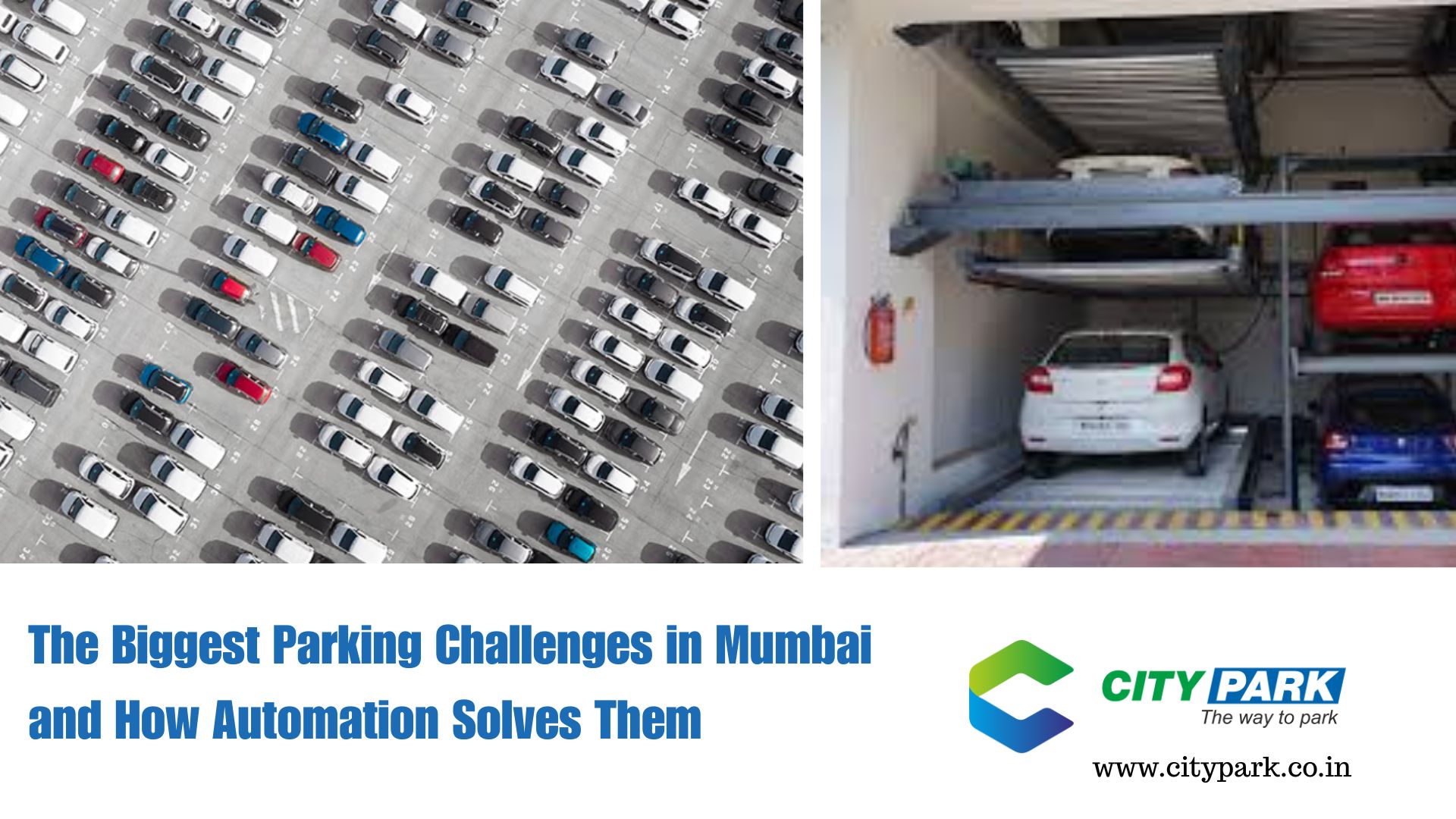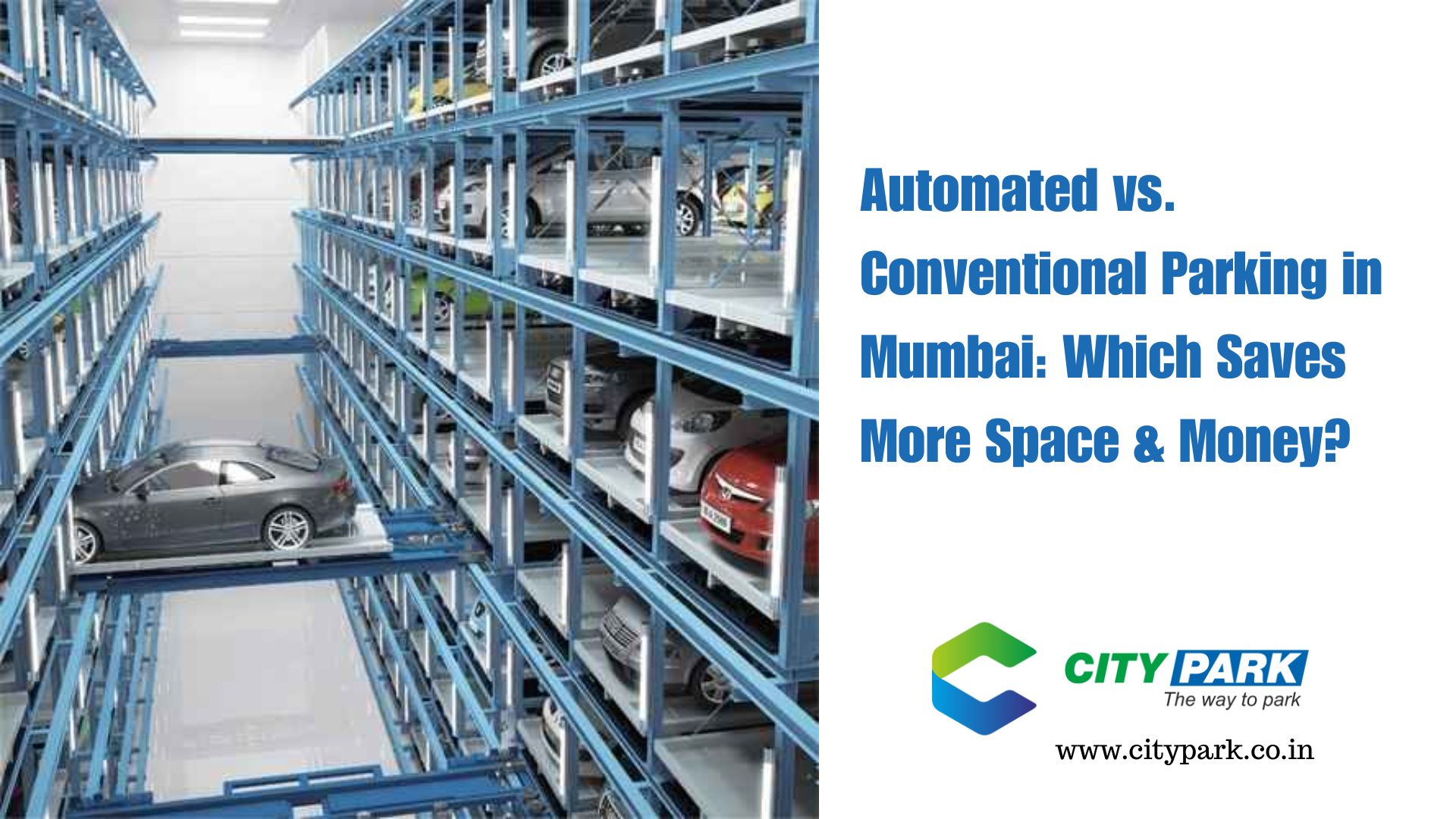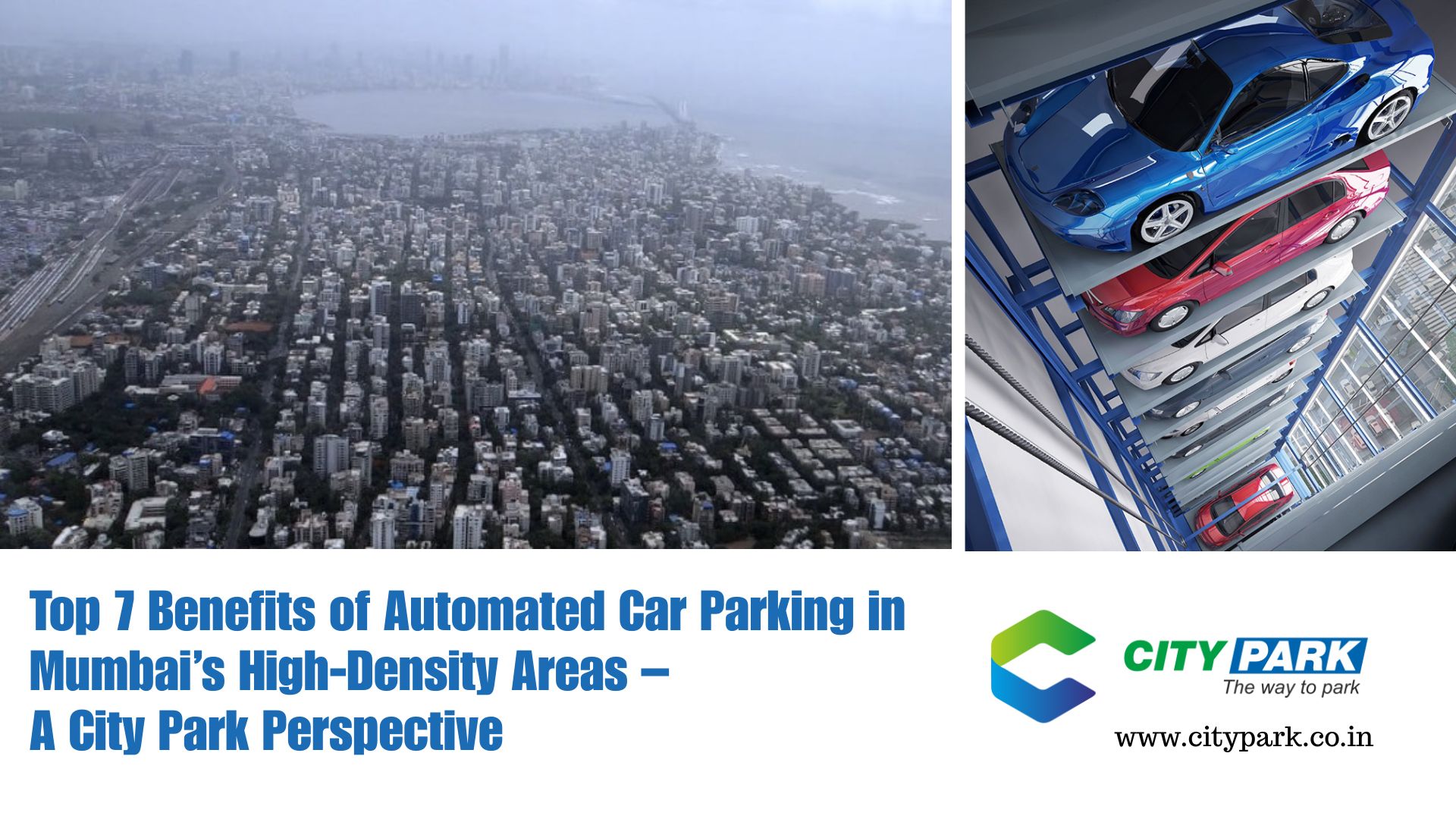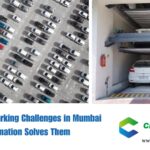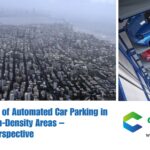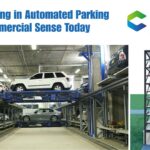In cities where every square meter counts, the demand for smarter parking solutions has never been higher. That’s where the automatic car parking system comes in. This modern solution doesn’t just save space—it changes how we think about parking itself. No more endless circling, no more squeezing into tight spots. With the rise of smart technologies and automated systems, parking is becoming faster, safer, and far more efficient.
What is an Automatic Car Parking System?
At its core, an automatic car parking system is designed to minimize human involvement in the parking process. The driver simply positions the car at a designated entry point. From there, machines take over. Whether it’s through lifts, platforms, or shuttles, the vehicle is moved into an available space and parked with precision.
Unlike traditional parking lots that waste space on ramps and wide lanes, these systems utilize vertical and horizontal space more effectively. That means more cars in less area, which is critical in high-density urban zones.
An automatic parking system is often confused with smart or robotic parking systems. Here’s how they differ:
- Automatic Parking System (APS): Fully or semi-automated, these systems require minimal human input once the car is in the entry bay.
- Smart Parking System: Typically refers to IoT-powered solutions that guide drivers to available spots using sensors and real-time data.
- Robotic Parking System: Uses robotic shuttles or dollies to transport and position cars, often without any need for ramps or lanes.
Each type caters to specific needs and infrastructure limitations, and choosing the right one depends on budget, land availability, and user experience goals.
How Does an Automatic Car Parking System Work?
The operation of these systems blends engineering precision with intelligent automation. Here’s what happens behind the scenes:
- The driver enters the car into a designated transfer area.
- Sensors analyze the size and positioning of the vehicle.
- A conveyor, lift, or robotic shuttle picks up the vehicle.
- The system transports and places the vehicle into an available slot, often in a multi-level or underground structure.
- When the car is needed again, the retrieval process is triggered either through a panel or mobile app.
It’s seamless, intuitive, and significantly faster than traditional parking.
Consider tower parking systems, where cars are stacked vertically using a central elevator. This setup is ideal for areas with very limited land but high parking demand.
Types of Car Parking Systems Explained
Depending on the infrastructure and user requirements, there are several types of automatic parking systems available today.
Fully Automatic Car Parking Systems require no human intervention once the car is placed in the bay. These systems handle everything from transport to slotting and retrieval using robotic lifts or shuttles. They’re ideal for commercial properties or high-end residential buildings where space optimization and premium experience are priorities.
In contrast, Semi-Automatic Car Parking Systems still rely partially on human input. Drivers may need to navigate their car to specific platforms, after which the system takes over. These systems are more cost-effective and suited to medium-density projects.
Then there are Smart Car Parking Systems, which are more about guidance than automation. Using sensors and cloud-based platforms, they provide real-time updates about space availability and direct drivers efficiently.
Car Lift Parking Systems offer a straightforward way to double parking capacity in tight spots. Think of mechanical lifts used in basements or smaller buildings where a full-scale APS isn’t viable.
Additionally, Puzzle Parking Systems offer flexible multi-level parking using shifting platforms, while Tower Parking Systems use vertical stacking to accommodate dozens of vehicles in the footprint of just a few.
Each type serves a different use case, making it possible to find a solution for nearly any scenario, from commercial towers to residential blocks.
Key Components That Power These Systems
The efficiency of an automatic parking system depends entirely on its components. Here’s what typically keeps things running smoothly:
- Hydraulic or Electric Lifts: These lift vehicles between levels. Hydraulic lifts are favored for their smooth operation and low maintenance, while electric ones offer more precise control.
- Conveyor Platforms: These move cars horizontally into slots, commonly used in puzzle and tower parking.
- Central Control System: A programmable logic controller (PLC) or computer governs the movement and allocation logic.
- Sensors & Detectors: From vehicle detection to height and width measurement, sensors ensure the car is parked without a scratch.
- RFID & Access Cards: For secure retrieval and user authentication.
Each component plays a role in ensuring the entire system operates safely, quickly, and reliably.
What Makes These Systems a Smart Investment
For developers, planners, and even homeowners, investing in an automatic car parking system brings tangible advantages.
First, it’s about space. Conventional parking often requires twice the land compared to an automatic system. With automated stacking and optimized layouts, parking lots can handle up to 60% more vehicles in the same area.
Then there’s time. Users can park or retrieve their cars in under 120 seconds. This significantly reduces waiting time, especially in office complexes or malls.
Security is another major benefit. Limited access to parked cars prevents theft and accidental damage. In many systems, the user is not even allowed into the parking zone, reducing liability.
From an environmental standpoint, automated systems lead to reduced vehicle idling. This means lower fuel consumption and fewer emissions.
Operationally, there are fewer staff needed, and lighting or HVAC needs are minimal in these tightly controlled environments.
Disadvantages You Should Be Aware Of
No system is perfect. Automatic car parking systems, while highly efficient, do come with certain limitations.
Cost is the most obvious one. Installing a fully robotic system can cost significantly more upfront than building a traditional parking lot. This includes civil work, machinery, automation, and software.
Maintenance is ongoing. With moving parts, electronics, and software, regular checks and servicing are non-negotiable.
Power dependency is also a concern. If the system is down due to a power outage or a software failure, vehicle retrieval can be delayed unless there are robust backup mechanisms.
That said, most modern systems come with redundancies and manual overrides to mitigate these issues.
How Much Do Robotic and Smart Parking Systems Cost in India?
Pricing varies widely based on system type, scale, and customization. Here’s a general guide:
- Basic car lift systems: ₹5–10 lakhs
- Puzzle parking systems: ₹12–20 lakhs
- Tower parking systems: ₹20–40 lakhs
- Fully robotic systems: ₹50 lakhs and up
The final cost depends on factors such as the number of slots, height of the structure, land condition, and tech features like RFID access or mobile app integration.
In Mumbai, a fully automated parking tower for commercial buildings can reach costs upward of ₹70 lakhs, while semi-automatic solutions for residential societies are more modest.
Smart Parking in Action Across India
The growing need for structured and intelligent parking is being met by real implementations.
In residential societies, puzzle parking and car lift systems are common. They’re affordable and fit into limited basement spaces without the need for complex infrastructure.
Commercial spaces and malls increasingly opt for tower or robotic systems to manage high vehicle volume with minimal staff.
At airports and metro stations, smart parking systems help reduce entry and exit congestion. Digital signboards, app-based payments, and license plate recognition are now commonplace.
Noteworthy implementations include:
- Mumbai’s BMC tower parking project at Marine Drive
- Delhi Metro’s integration of parking with Metro smart cards
These examples show how automatic car parking systems are no longer futuristic but are actively solving problems in India’s largest cities.
Real-Time Smart Parking: How It Actually Works
Smart parking isn’t just about automation; it’s about real-time information. These systems often rely on a network of:
- IoT sensors installed in parking spots to detect vehicle presence
- Wireless communication to transmit data to a central server
- Cloud-based software that aggregates data and updates availability
- User-facing mobile apps that show users where to go
Once a vehicle enters the facility, the system guides it to the nearest available slot. In commercial lots, the system also handles ticketing and payments digitally.
Why City Park Leads in Automatic Car Parking Solutions
When it comes to choosing a provider, City Park stands out for more than just technology. With decades of experience in parking systems and smart infrastructure, City Park delivers end-to-end solutions tailored to specific site constraints and client requirements.
From residential buildings to commercial towers, City Park’s systems are known for their reliability, low maintenance, and modular scalability.
Whether you’re looking for puzzle parking, tower parking, or a smart car lift system, City Park integrates world-class engineering with local compliance to deliver projects that work long term.
Interested in Building a Smarter Parking Future?
Visit City Park to learn more or request a site-specific consultation.

